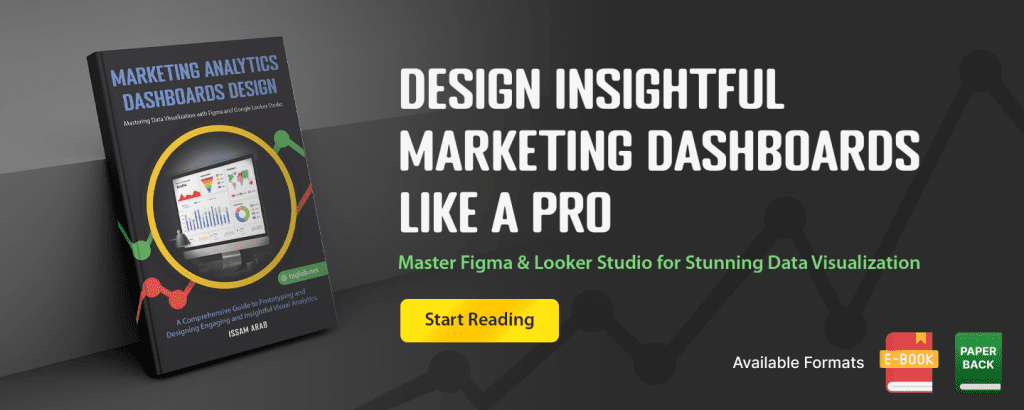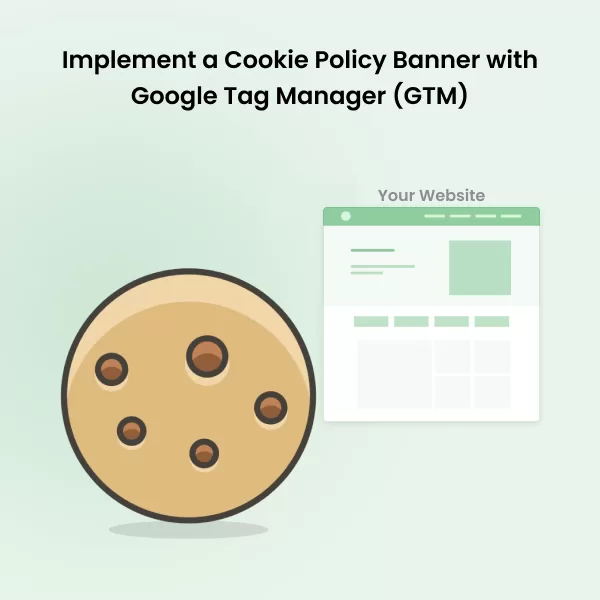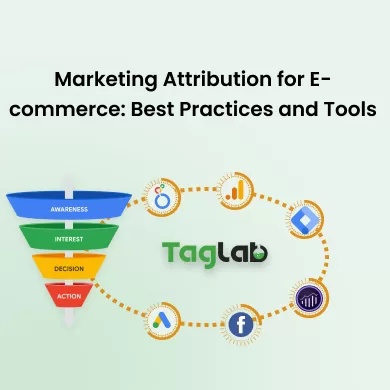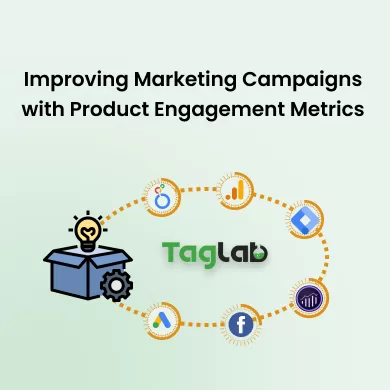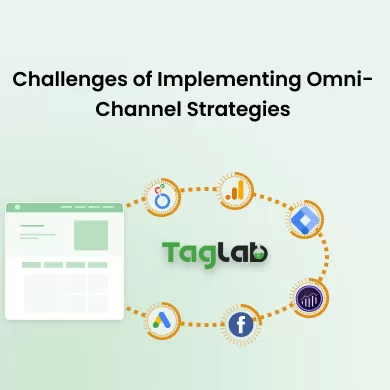Your cart is currently empty!
Social Media Conversion Rate
Posted by:
|
On:
|
Social Media Conversion Rate is a key performance indicator (KPI) that measures the percentage of social media visitors who complete a desired action on a website, such as making a purchase, signing up for a newsletter, or filling out a form. This metric is crucial for understanding the effectiveness of social media marketing efforts in driving conversions and achieving business goals.
Detailed Explanation
What is Social Media Conversion Rate?
Social Media Conversion Rate refers to the proportion of social media users who take a specific action after clicking through to a website from a social media platform. This action could be anything from making a purchase to signing up for a webinar. The conversion rate is calculated by dividing the number of conversions by the total number of visitors from social media and multiplying by 100 to get a percentage. A higher conversion rate indicates that the social media strategies are effective in turning visitors into customers or leads.
How it Works?
To calculate Social Media Conversion Rate, businesses track the total number of visitors from social media platforms and the number of those visitors who complete a desired action. For example, if 1,000 visitors arrive at a website from a Facebook ad and 50 of them make a purchase, the Social Media Conversion Rate is 5%. This metric helps businesses assess the effectiveness of their social media marketing efforts and optimize their strategies for better results.
Types of Social Media Conversion Rate Metrics
- Purchase Conversion Rate: The percentage of social media visitors who complete a purchase on the website.
- Lead Generation Conversion Rate: The percentage of social media visitors who fill out a form, sign up for a newsletter, or perform another lead-generating action.
- Click-to-Conversion Rate: The percentage of clicks on social media posts or ads that result in a conversion on the website.
- Platform-Specific Conversion Rate: The conversion rate segmented by social media platform, such as Facebook, Instagram, or Twitter.
Illustrative Scenarios
Examples
- If a business runs an Instagram ad campaign that generates 500 clicks and results in 25 purchases, the Social Media Conversion Rate for that campaign is 5%.
- A company uses LinkedIn to drive traffic to a whitepaper download page. If 200 users click through and 40 download the whitepaper, the conversion rate is 20%.
Segmentation
Analyzing Social Media Conversion Rate by different segments (e.g., by platform, campaign, or conversion type) can provide deeper insights into which aspects of the social media strategy are most effective. For example, comparing conversion rates across different platforms can help determine where to focus social media efforts to maximize conversions.
Factors Influencing Social Media Conversion Rate
- Target Audience Alignment: The better the alignment between the target audience and the social media content, the higher the conversion rate.
- Content Quality and Relevance: High-quality, relevant content is more likely to engage users and lead to conversions.
- Landing Page Optimization: The design, usability, and messaging of the landing page play a crucial role in converting social media visitors.
- Call-to-Action Effectiveness: Clear, compelling calls to action (CTAs) on both social media posts and landing pages can significantly boost conversion rates.
- Platform Selection: Different platforms attract different audiences, and the choice of platform can impact conversion rates based on user behavior and demographics.
Strategies to Improve Social Media Conversion Rate
- Targeting the Right Audience: Use advanced targeting options on social media platforms to reach users who are most likely to convert.
- Optimizing Landing Pages: Ensure that landing pages are optimized for conversions, with clear CTAs, relevant content, and a user-friendly design.
- Testing and Refining CTAs: Experiment with different call-to-action phrases, buttons, and placements to find what resonates best with your audience.
- Creating High-Quality Content: Focus on producing content that is relevant, engaging, and aligned with the interests and needs of your target audience.
- Using Retargeting Campaigns: Implement retargeting strategies to re-engage users who have interacted with your social media content but have not yet converted.
Social Media Conversion Rate Benchmarks
Social Media Conversion Rate benchmarks can vary depending on industry, platform, and campaign goals. For example:
- E-commerce: E-commerce businesses might see conversion rates ranging from 2% to 5% from social media traffic.
- B2B Companies: B2B companies may have lower conversion rates, typically around 1% to 3%, but with a focus on lead generation rather than direct sales.
- Content Publishers: Publishers might focus on subscription or download conversions, with rates varying widely depending on the offer and audience.
Comparing your Social Media Conversion Rate against industry benchmarks can help gauge performance and set realistic goals.
Tools for Measuring Social Media Conversion Rate
- Google Analytics: Tracks conversions from social media traffic and provides insights into conversion rates by platform and campaign.
- Social Media Platforms: Native analytics tools on platforms like Facebook, Instagram, and LinkedIn offer conversion tracking and reporting for ads and organic posts.
- Conversion Rate Optimization Tools: Tools like Optimizely and Unbounce can help optimize landing pages and improve conversion rates from social media traffic.
Common Pitfalls and Mistakes
- Focusing Only on Clicks: High click-through rates are important, but without conversions, they don’t contribute to business goals. Conversion rate is the true measure of success.
- Ignoring Landing Page Optimization: Even the best social media strategy can fail if the landing page is not optimized for conversions.
- Overlooking Audience Segmentation: Failing to segment and target the right audience can lead to low conversion rates.
- Not Testing CTAs: Sticking to the same call-to-action without testing alternatives can limit the potential for higher conversion rates.
- Underestimating Platform Differences: Each social media platform has its own user behavior patterns; tailoring strategies to each platform is essential for maximizing conversions.
Frequently Asked Questions
What is Social Media Conversion Rate?
Social Media Conversion Rate measures the percentage of social media visitors who complete a desired action on a website, such as making a purchase or signing up for a newsletter.
Why is Social Media Conversion Rate important?
Social Media Conversion Rate is important because it indicates how effective social media efforts are at driving meaningful actions that contribute to business goals.
How can I improve my Social Media Conversion Rate?
Improving Social Media Conversion Rate can be achieved by targeting the right audience, optimizing landing pages, testing CTAs, creating high-quality content, and using retargeting campaigns.
What factors influence Social Media Conversion Rate?
Factors influencing Social Media Conversion Rate include target audience alignment, content quality, landing page optimization, CTA effectiveness, and platform selection.
What is a good benchmark for Social Media Conversion Rate?
A good benchmark for Social Media Conversion Rate varies by industry and platform. E-commerce businesses might see rates from 2% to 5%, while B2B companies may focus on lower rates with an emphasis on lead generation.
